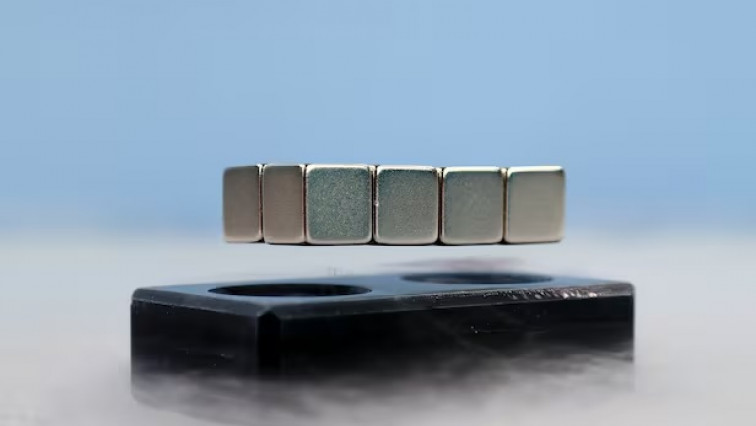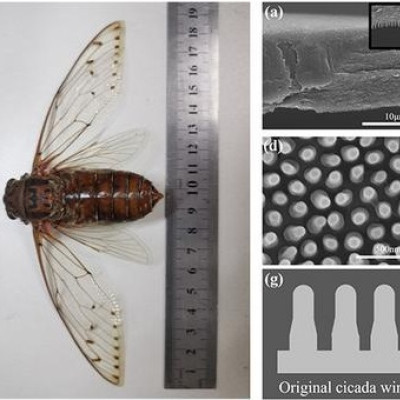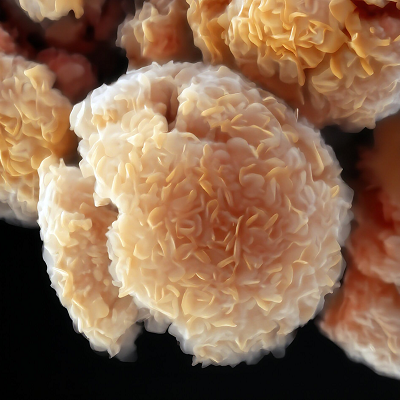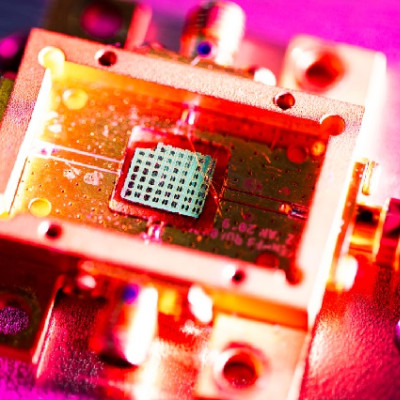Domestic researchers have created a device that can control the properties of graphene by combining superconductors and graphene. This opens up the possibility of combining innovative materials such as superconductors and graphene.
Professor Lee Gil-ho of Pohang University of Science and Technology (POSTECH) and researchers from the Research Institute, in collaboration with Kenji Watanabe and Takashi Taniguchi from the National Institute for Materials Science (NIMS) in Japan, noted they have successfully improved the junction characteristics between graphene and superconducting electrodes. This research was published on the 11th in the international journal of nanotechnology, Nano Letters.
Superconductors are materials that exhibit zero resistance under special conditions, and when combined with regular conductors, a phenomenon known as the 'proximity effect' occurs, which transfers superconductivity to the conductor. This phenomenon plays a crucial role in applications as a key technology for maximizing the performance of electronic devices.
Graphene has been noted as an ideal material for connecting superconductors and conductors due to its excellent electrical conductivity and high electron mobility. However, previous techniques resulted in 'hole doping' during the process of injecting electrons from the superconductor into graphene, causing a boundary known as 'PN junction' to form between the superconductor and graphene. This boundary hindered the efficient electrical transfer from the superconductor to the graphene by lowering the junction transmittance and the proximity effect.
To resolve this issue, the researchers developed a new junction method that can precisely control the charge density of graphene. They meticulously etched a specific portion of the hexagonal boron nitride, an insulator that protects graphene, to expose the surface of graphene and then joined the superconductor on top of it. Unlike the existing one-dimensional junctions, this method allows for controlling the charge density and polarity of graphene through modulation voltage. As a result, a smooth connection between the superconductor and graphene is possible, even in the hole doping state, thus maintaining strong superconducting proximity effects and high junction transmittance.
Research Institute noted, 'The existing one-dimensional junction methods had limitations in freely controlling the polarity of graphene,' adding, 'The two-dimensional superconducting junction technology developed in this study can precisely control the electrical properties of graphene, which will open new fields for electronic devices and research.'
Read the original article on Chosunbiz.







